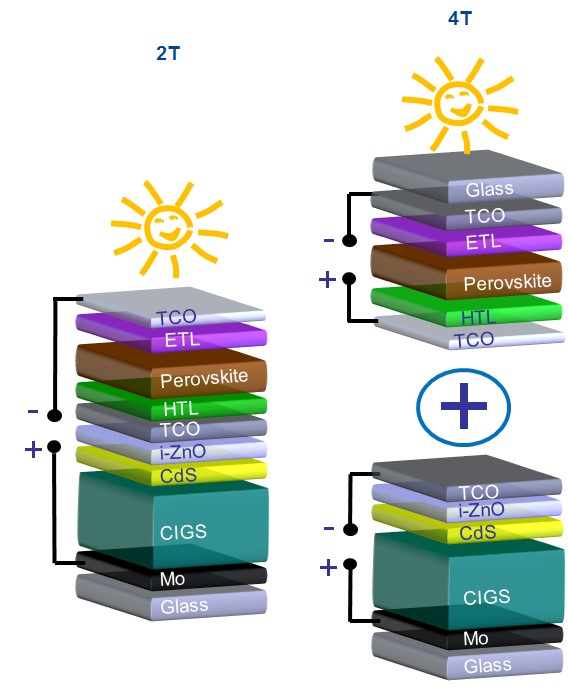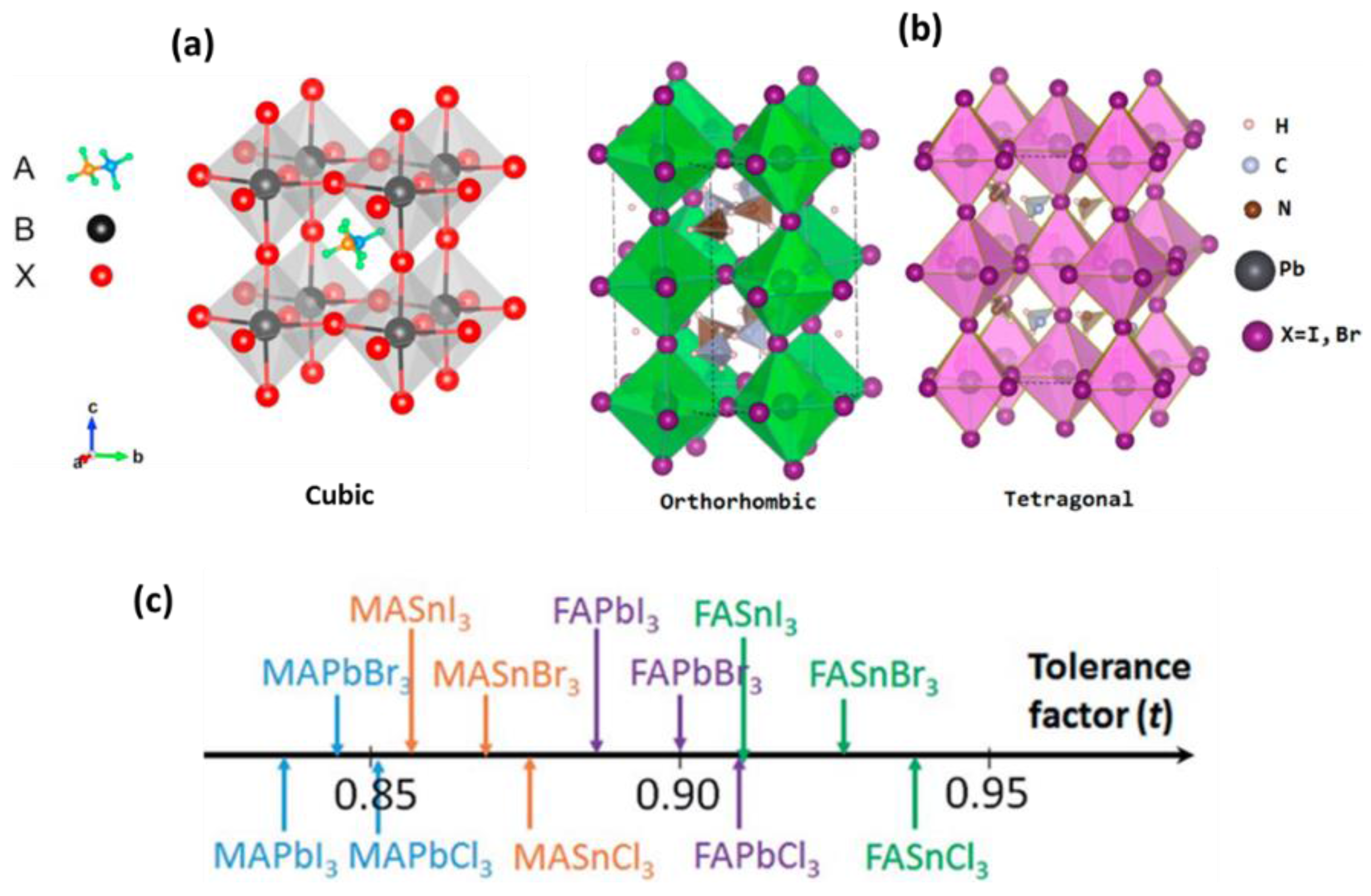

It emits heat waves in the mid-infrared range of wavelengths around 10 micrometers. The team estimates that in a hotter, drier climate, the same setup could generate up to 100 mW/m 2.įan says there’s substantial room for improvement, because the conventional solar cell they used is not designed for radiative cooling. The demonstration showed a nighttime power production of 50 mW/m 2. The team tested their prototype TEG-integrated solar cell for three days in October 2021 on a rooftop in Stanford, Calif. While existing solar panels could be retrofitted with a TEG to produce power at night, Fan says, the crucial thing for the devices to work well together is to have very close thermal contact between solar cells and the TEG, a challenge that retrofit solutions will have to overcome. The other side of the TEG connects via a heat sink to ambient air.

The TEG sits underneath the solar cell, and an aluminum sheet between the two conducts heat from the solar cell to the TEG.
SOLARCELL PDF GENERATOR
To do that, the researchers integrated a photovoltaic cell with a commercial thermoelectric generator (TEG) module, which converts temperature difference into electrical power.

“That heat flow can be harvested to generate power,” Fan says. This generates a heat flow from the ambient air to the solar cell. Because of this effect, the temperature of a standard solar cell pointing at the sky at night falls below ambient air temperature. “But it is already financially interesting for low-power-density applications like LED lights, charging a cellphone, or trying to power small sensors,” says Shanhui Fan, a professor of electrical engineering at Stanford University who published the work along with coauthors in Applied Physics Letters.įan and his colleagues harnessed the concept of radiative cooling, the phenomenon by which materials radiate heat into the sky at night after absorbing solar energy all day and that others have tapped before to make cooling paint and energy-efficient air-conditioning. By taking advantage of the temperature difference between a solar panel and ambient air, engineers have made solar cells that can produce electricity at night.Ĭompared to the 100 to 200 watts per square meter that solar cells produce when the sun is shining, the nighttime production is a trickle at 50 mW/m 2.


 0 kommentar(er)
0 kommentar(er)
